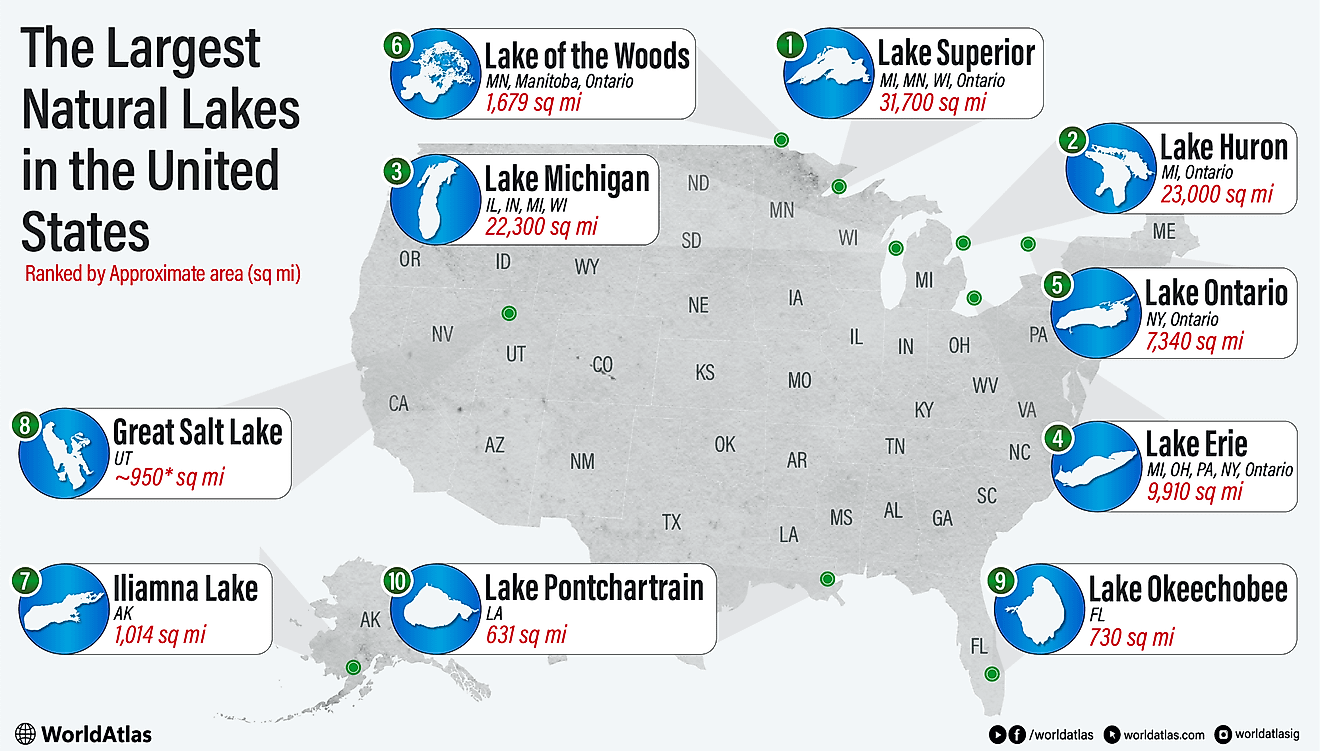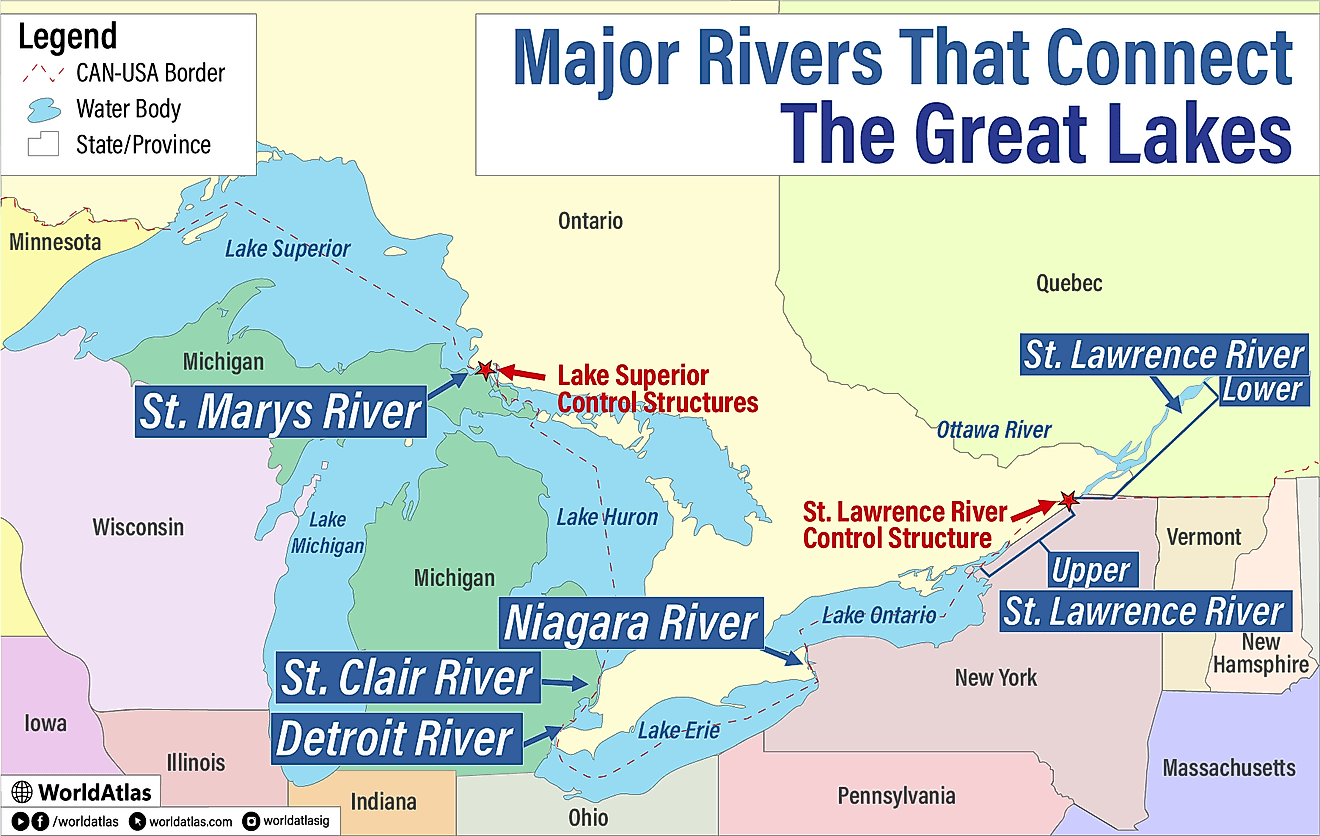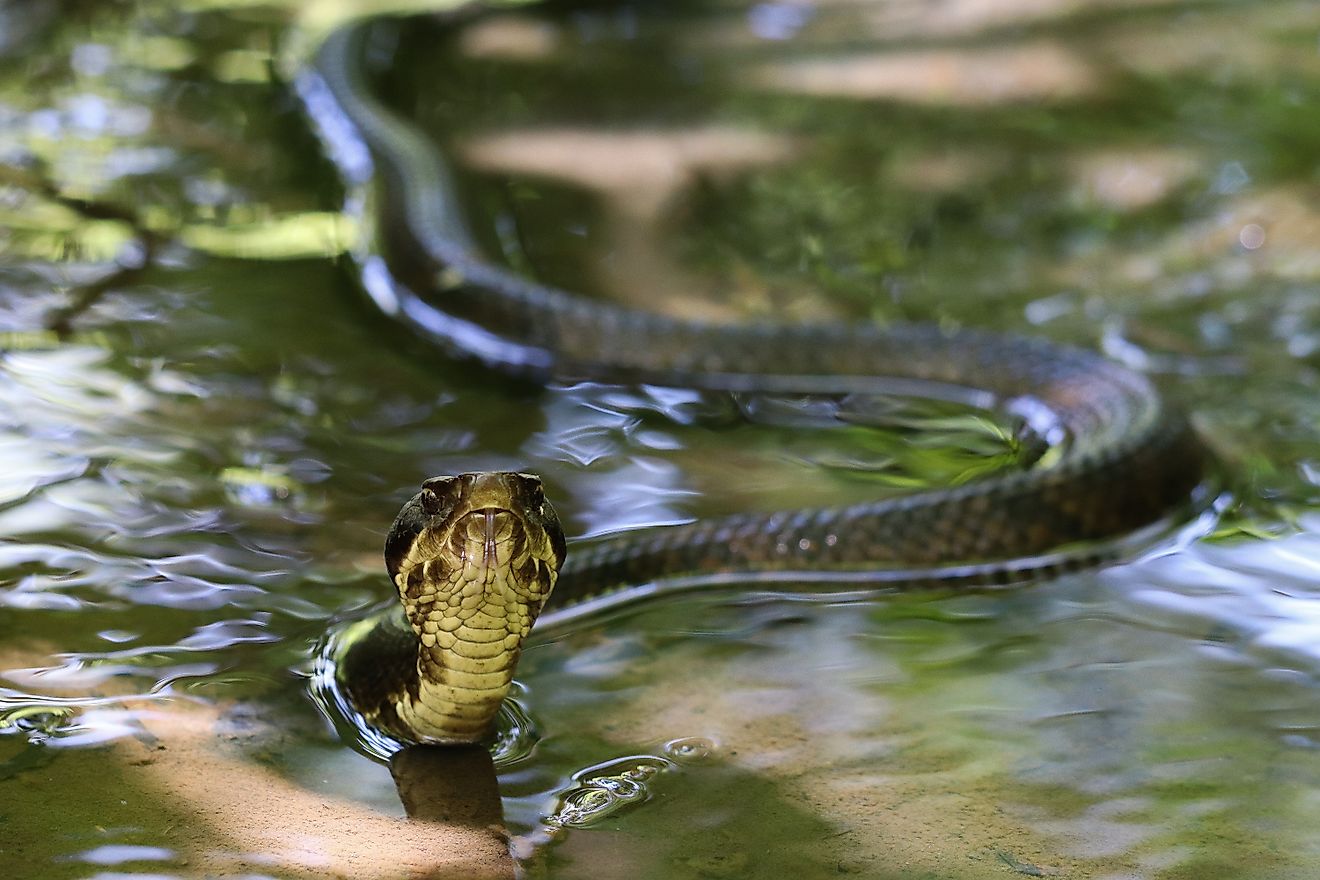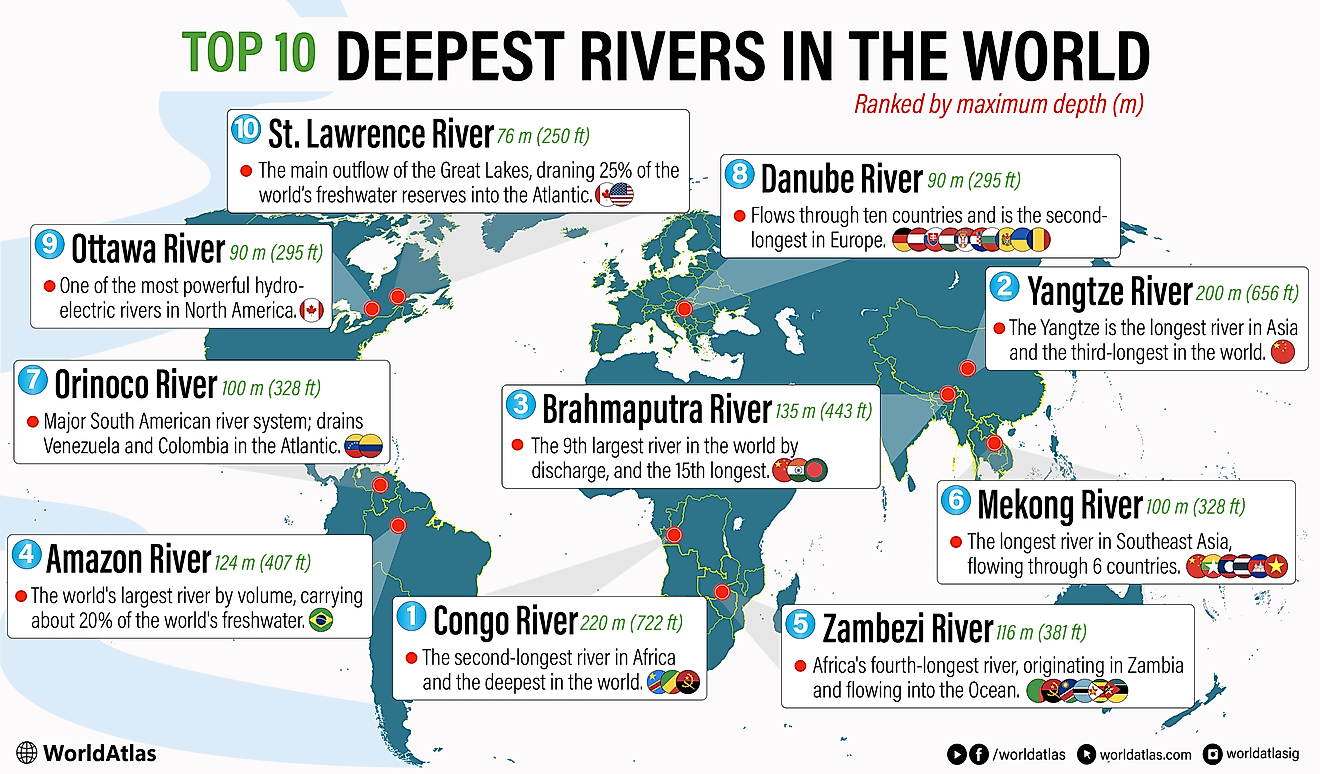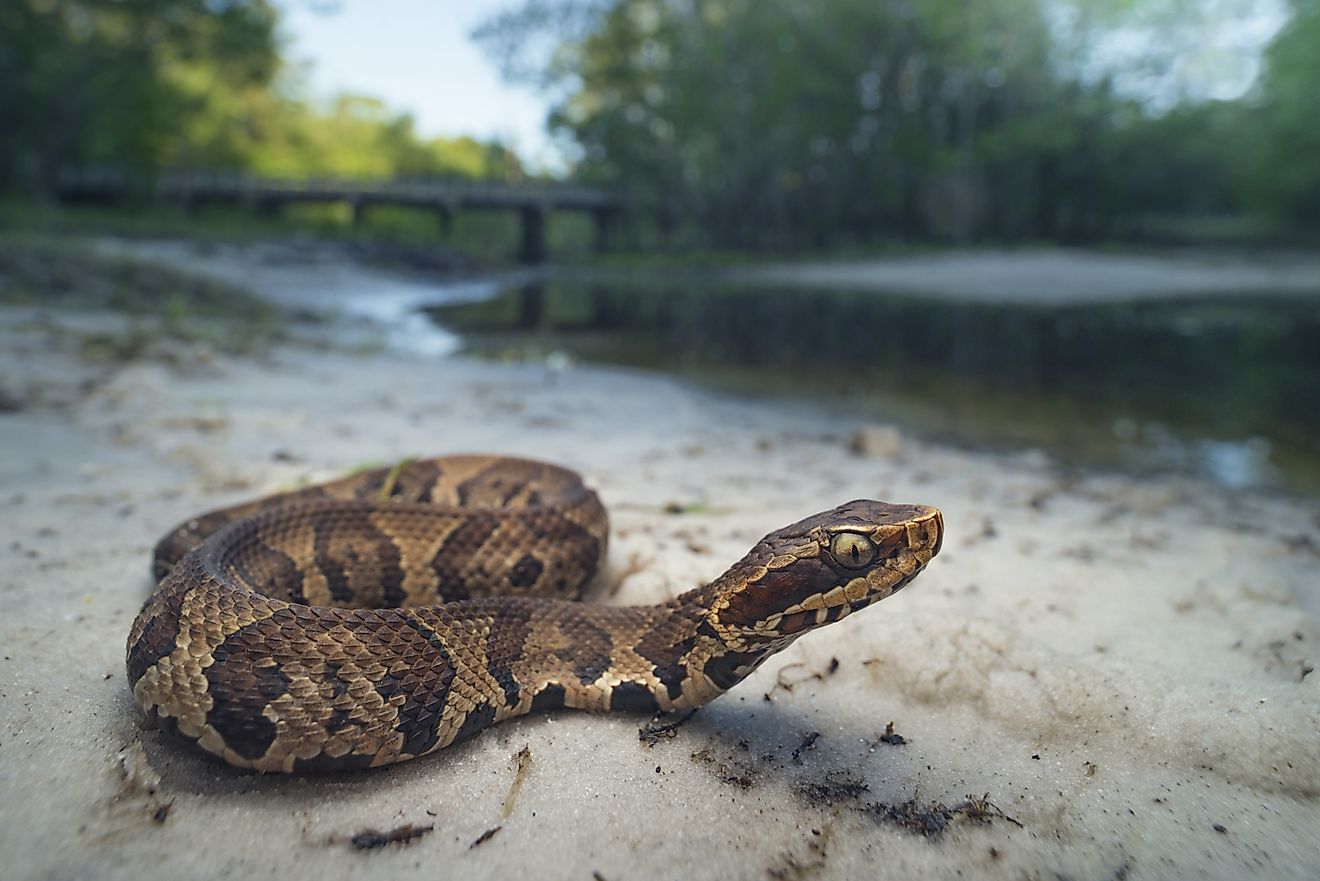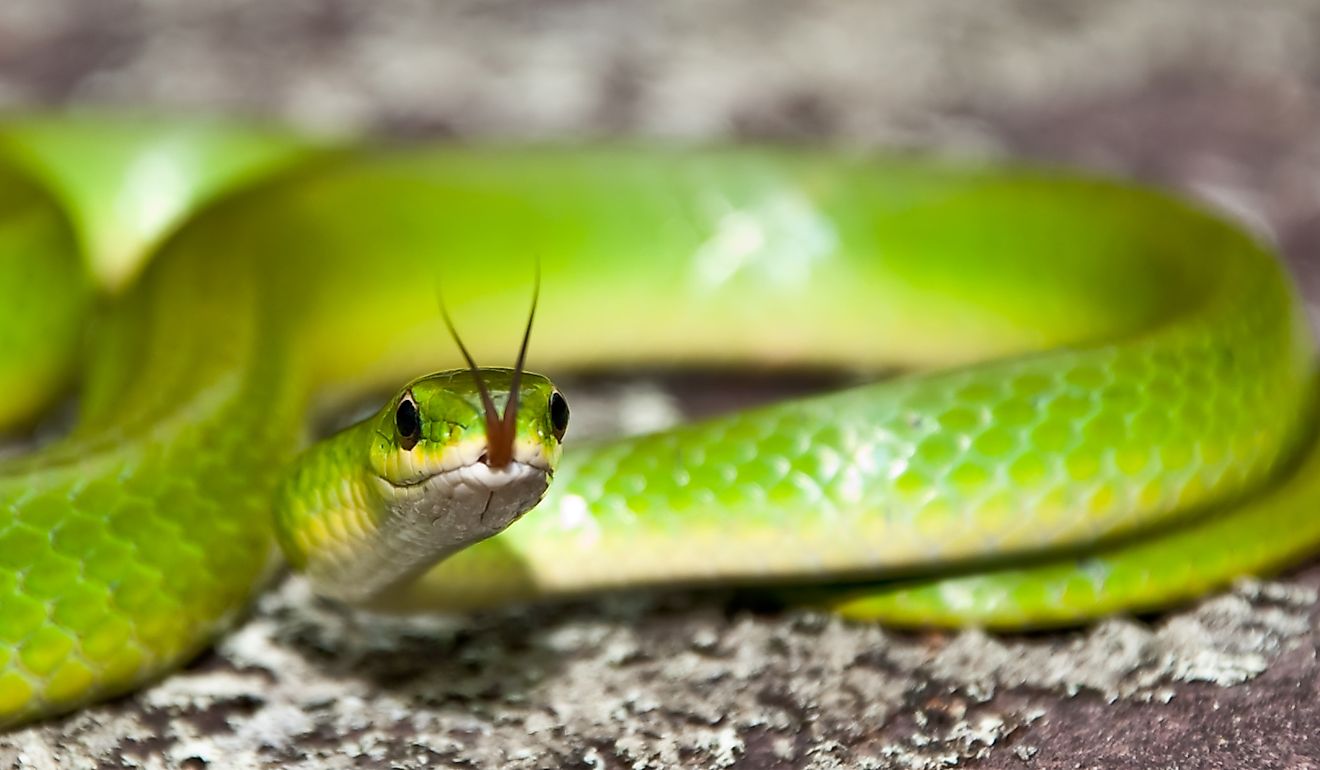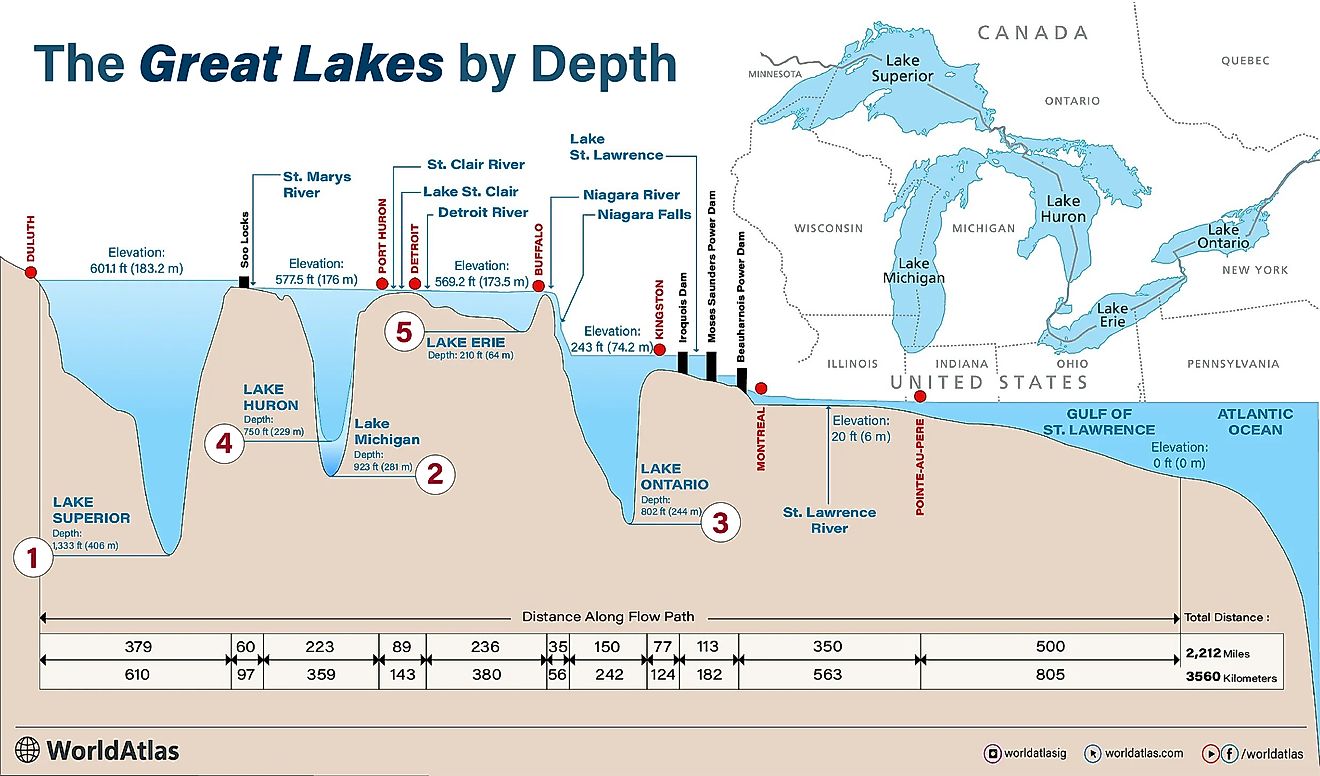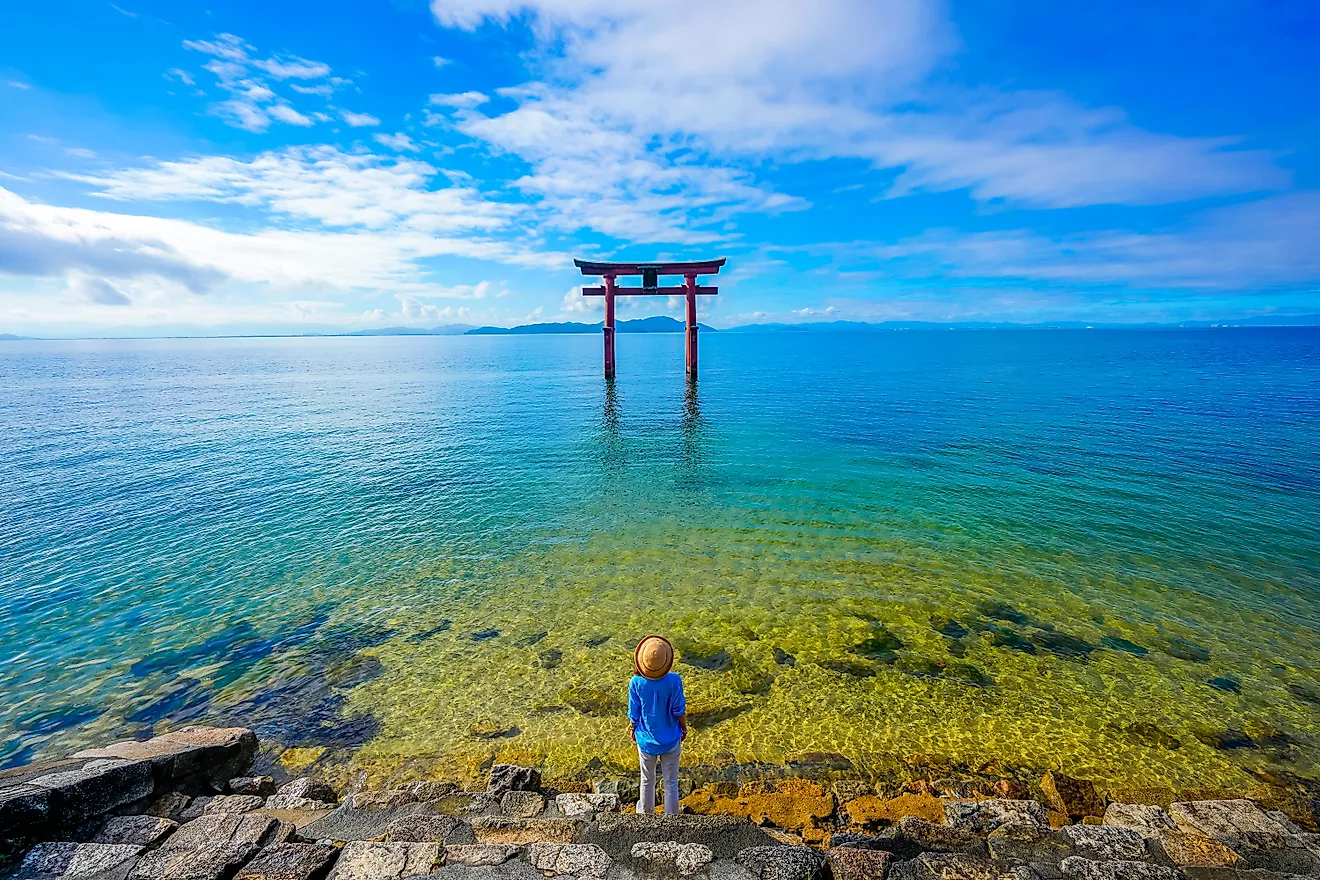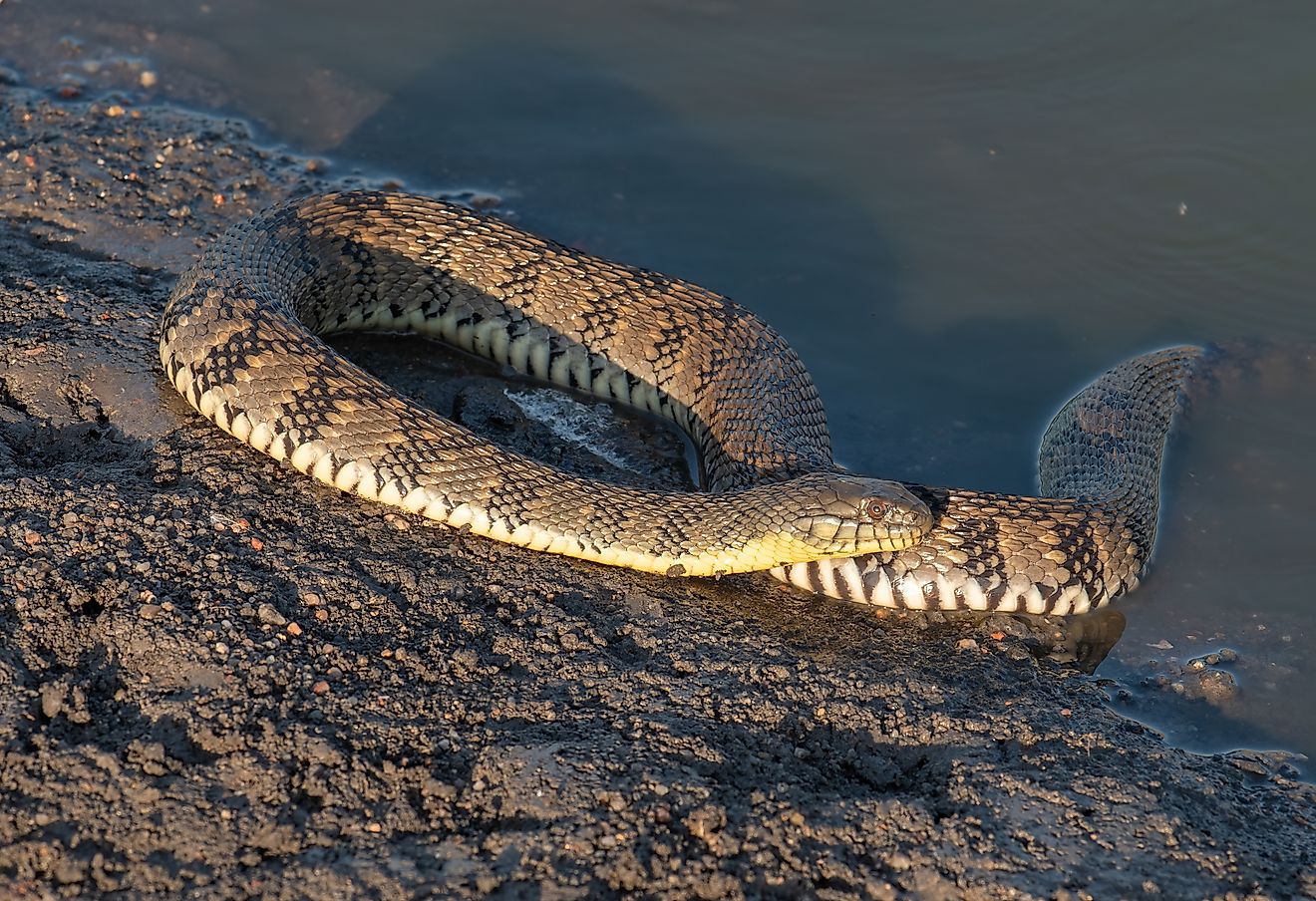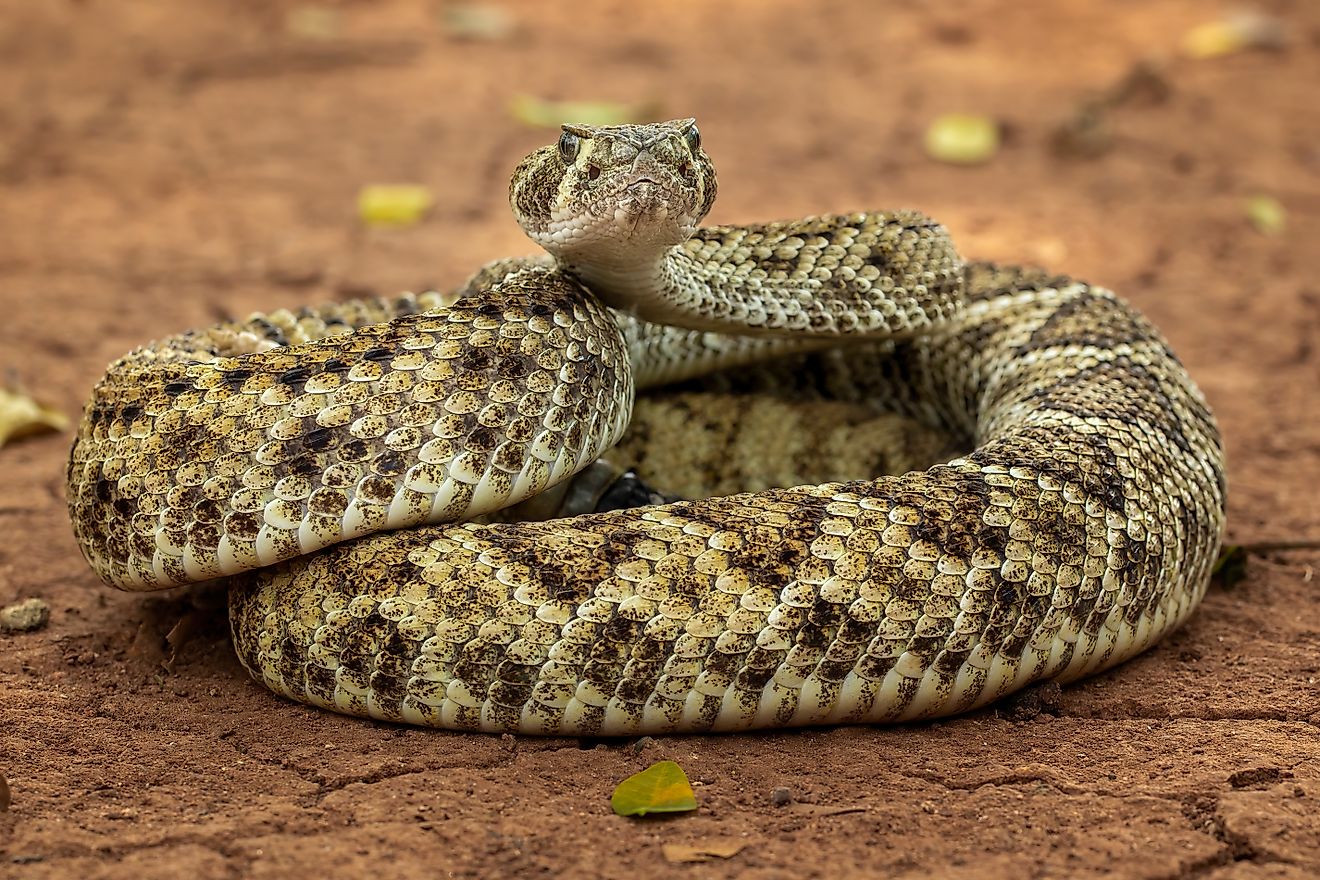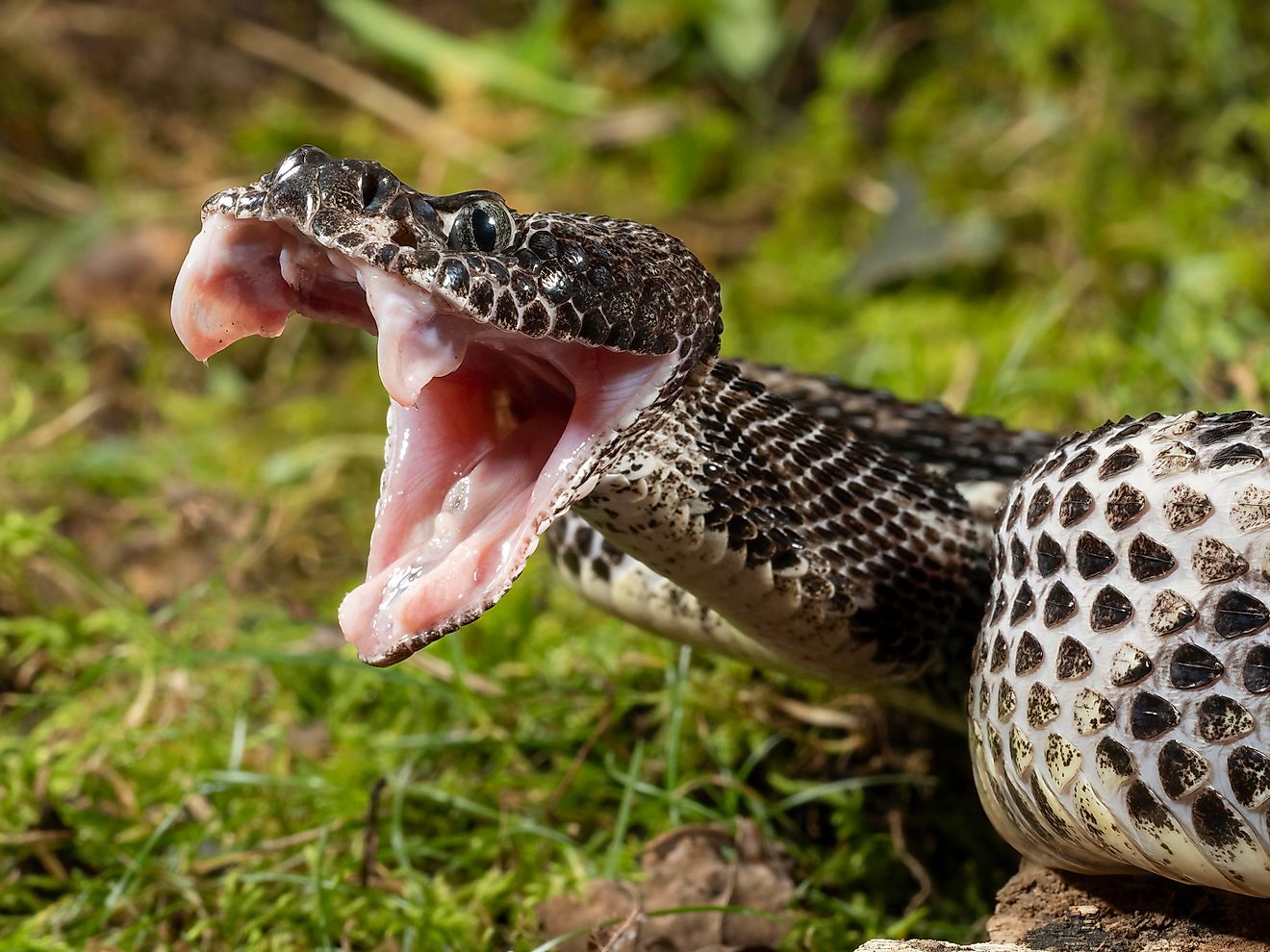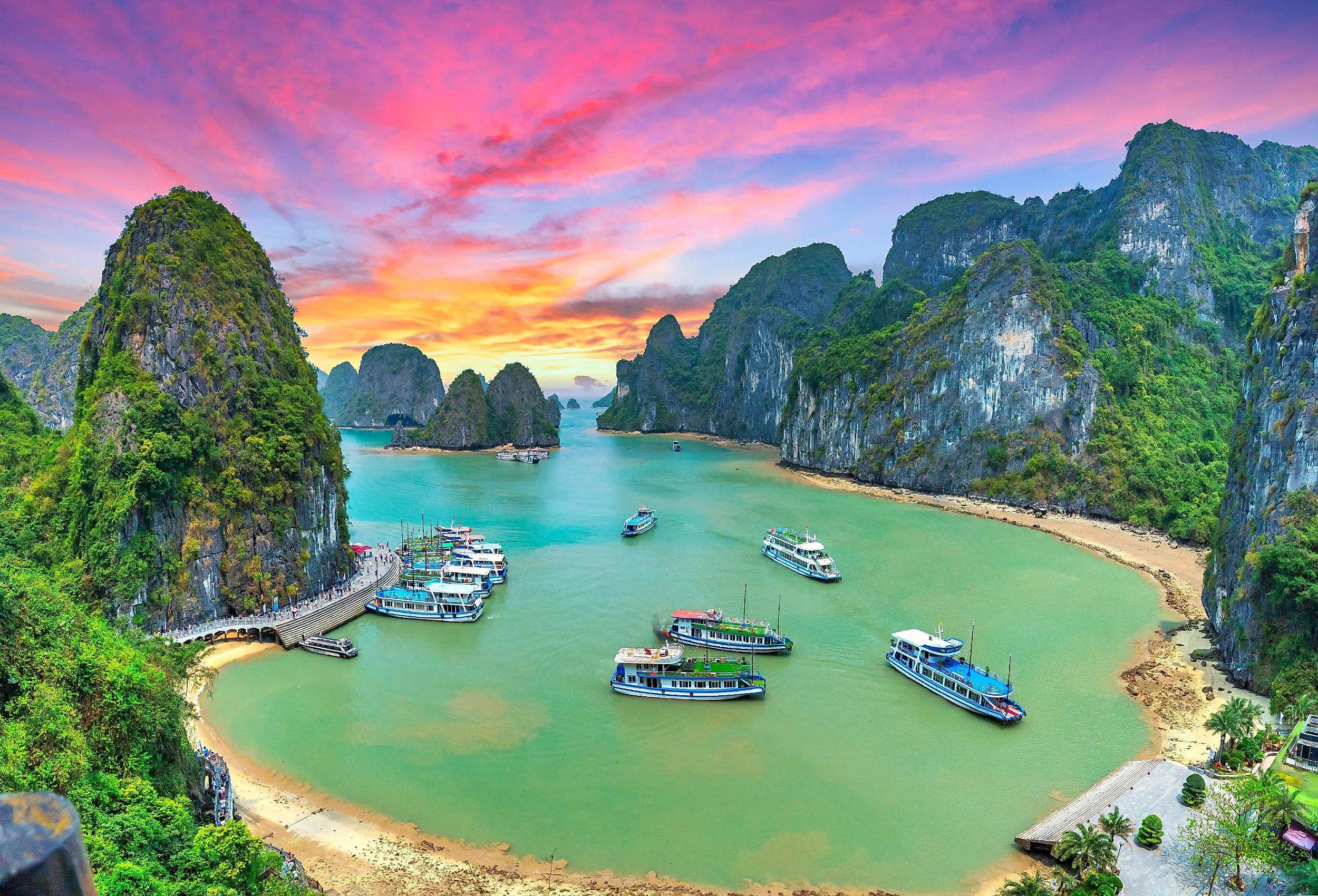
The Science Behind Bioluminescent Lakes
From fireflies to glowworms and even deep-sea anglerfish, many animals have the ability to emit light. This light is known as bioluminescence and is often seen in marine vertebrates and invertebrates. Caused by a chemical reaction of a substrate and an enzyme in these animals, this is one of nature’s most unique processes.
However, apart from animals, lakes are also known to be bioluminescent, and these lakes are some of the most charming natural landmarks, especially when they glow at night. But since the lakes themselves aren’t alive, how does this work? Explore the science behind bioluminescent lakes, including some of the most renowned in the world.
What Is Bioluminescence
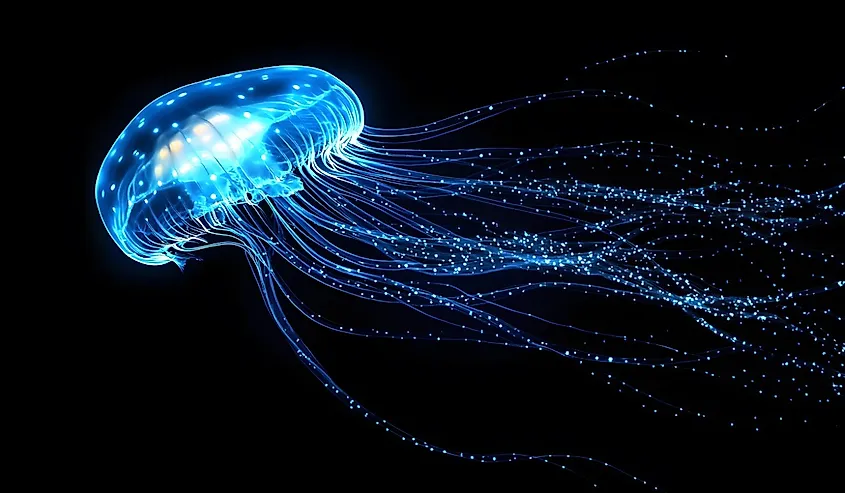
The emission of light from living things is known as bioluminescence. This light is a type of chemiluminescence, which simply means it is created by a chemical reaction in the organism’s body. The chemical reaction itself occurs when luciferin and either luciferase or a photoprotein react with each other. Luciferin is the compound responsible for producing light, and it determines the color of the light, such as the yellow emitted by fireflies. This also works in two ways, as some organisms, like dinoflagellates, produce their own luciferin, while others obtain it through other organisms. This can occur through food, by consuming organisms that produce their own, or through symbiotic relationships, wherein squids and similar animals house bioluminescent bacteria in their organs.
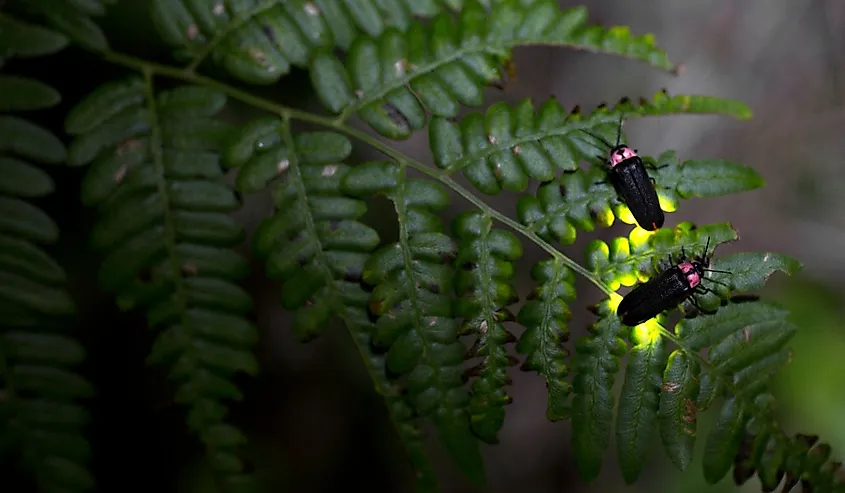
The light produced in this process is a form of “cold light,” which means less than 20% of it generates thermal radiation. Most animals have developed this ability over millions of years for various reasons, including defense and hunting. For example, a bright glow in darkness can deter predators, while other animals can use the light to mimic other animals. In some animals, such as fireflies, bioluminescence is used to attract mates, using patterns of flashes to signal interest in mating.
How Bioluminescence Works In Lakes
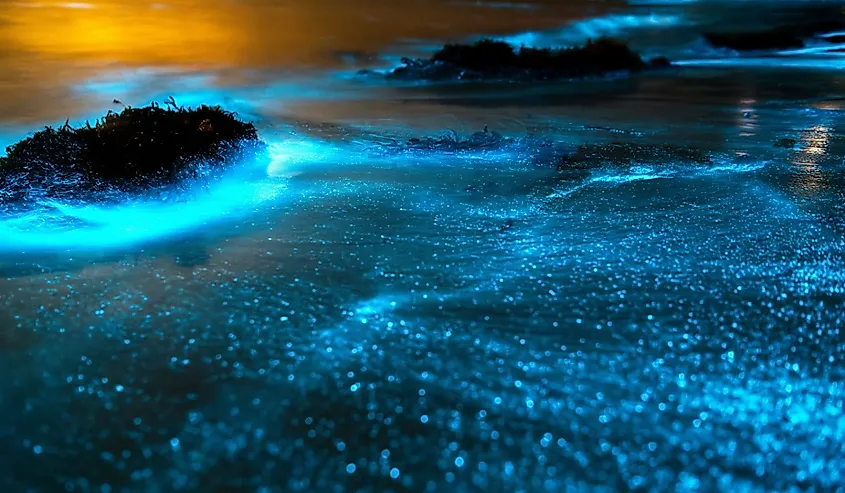
While many people have seen animals that can shine, from fireflies to squids, lakes are also known to glow. These bioluminescent lakes don’t have the capability to emit light on their own, and this effect is caused by large populations of microscopic organisms, usually dinoflagellates. As mentioned above, dinoflagellates have the ability to produce their own luciferin, and this allows them to glow with a blue or green coloration. Specifically, when the water is disturbed for any reason, from a boat’s movement to natural waves, the chemical reaction causing bioluminescence is triggered, leading to shimmering bursts in the water.
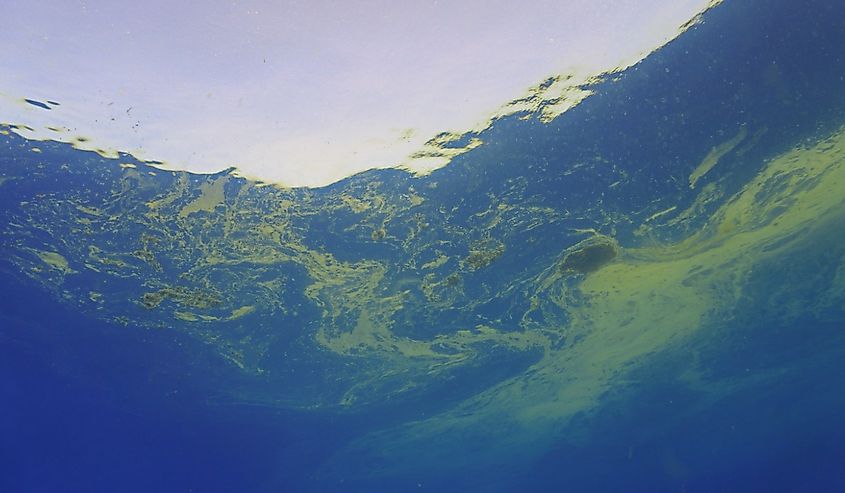
That said, this phenomenon is quite rare, and the conditions required to achieve it are quite difficult. The lakes need to be rich in nutrients to support large populations of plankton, and in most cases, this occurs in saltwater lakes during algal blooms, which bolsters plankton populations. Moreover, warmer regions are most likely to support dinoflagellates thanks to the weather-promoted population growth.
Examples Of Bioluminescent Lakes
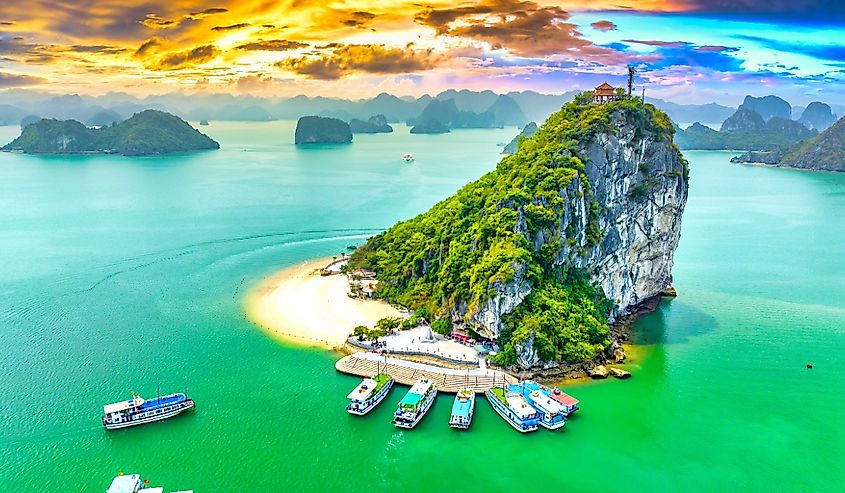
As of 2025, there are approximately a dozen bioluminescent lakes worldwide, although the number continues to fluctuate due to environmental conditions. Some of the most notable examples of this phenomenon are Mosquito Bay in Puerto Rico, Toyama Bay in Japan, and Ha Long Bay in Vietnam. The first, Mosquito Bay, is by far the most vibrant and holds the Guinness World Record as the world's brightest bioluminescent bay. Located in Vieques, it is home to a large population of dinoflagellate Pyrodinium bahamense, which are known for their bright blue glow when agitated. This is thanks to a combination of conditions, including the water conditions, a warm environment, and a mangrove forest ecosystem, which is ideal for plankton growth. To this end, when night falls, especially on moonless evenings, the bay lights up and visitors boating across the water create vivid blue ripples.
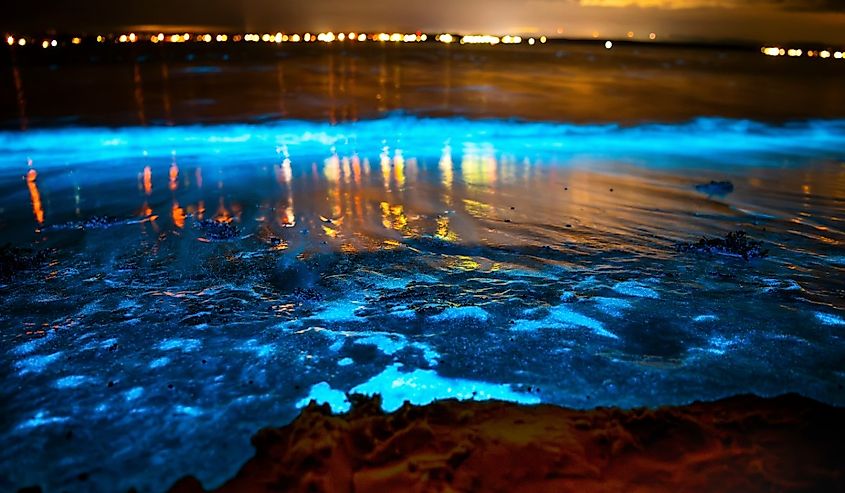
Other notable glowing waters, such as Toyama Bay in Japan, illuminate due to bioluminescent firefly squid that migrate near the shore each spring. This migration and compact population of squid creates an electric-blue light along the shoreline visible for miles. In Vietnam, Ha Long Bay offers a different kind of glow, where tiny plankton illuminate the emerald water beneath limestone cliffs. Although these glowing waters are more common in tropical climates, instances of bioluminescent lakes have also been reported in regions such as Australia and India. Here, changing tides and nutrient-rich conditions allow the light to briefly appear before fading again with the shifting environment.
Are They Safe?
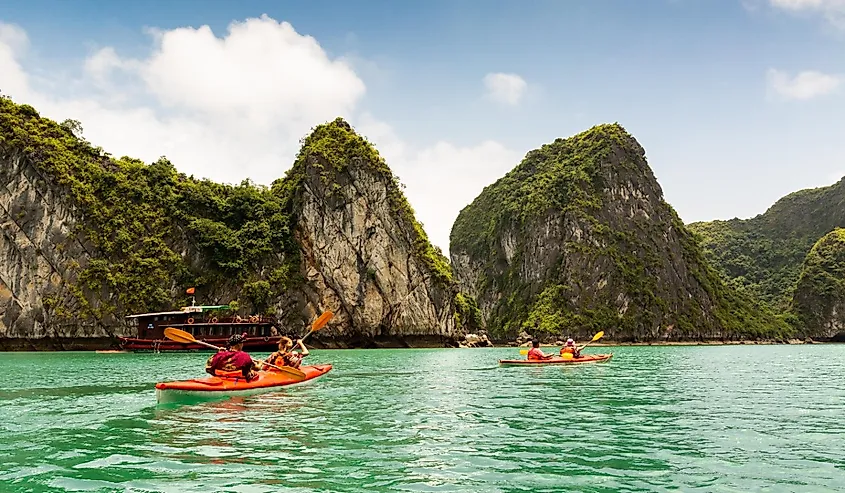
Swimming in a bioluminescent lake can feel like stepping into another world, but safety should always come first. Most glowing waters are harmless to humans, as the light comes from microorganisms that are not dangerous. However, not every bloom is safe, as some species of plankton can release mild toxins that irritate the skin or eyes. For this reason, it is best to check with local guides or park officials before entering the water. Using eco-friendly sunscreen and avoiding insect repellents helps protect the fragile ecosystem and keeps the glow alive for future visitors. When enjoyed responsibly, the experience of swimming through glowing waves is one of the most magical encounters with nature that travelers can ever have.
The Mysterious Charm Of Glowing Lakes
Hidden under the dark veil of the night, bioluminescent lakes may seem like something out of a fantasy book. The unique glow of blue and green with each movement is nothing short of a magical sight. However, it is actually quite a simple phenomenon that involves small organisms reacting to movement with a chemical reaction that produces light. Now that you know the science behind bioluminescent lakes, you’ll be able to appreciate them a bit more!
